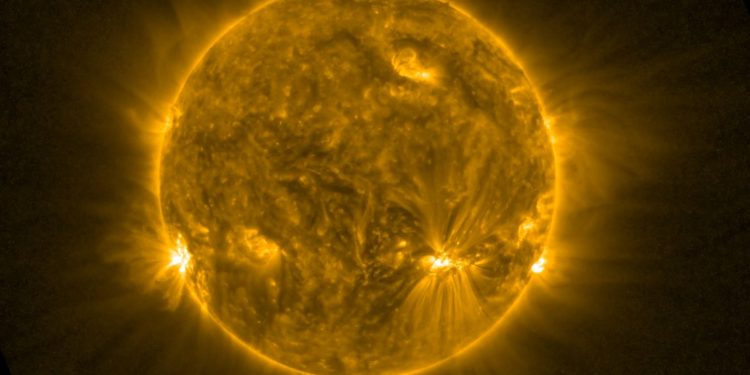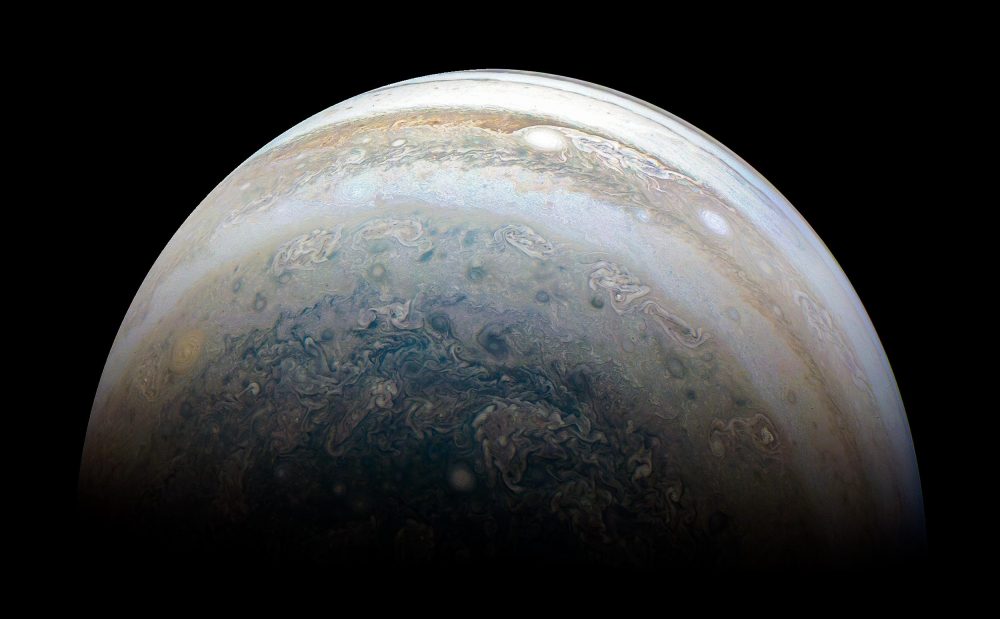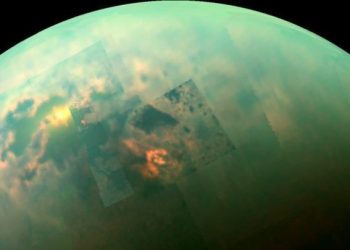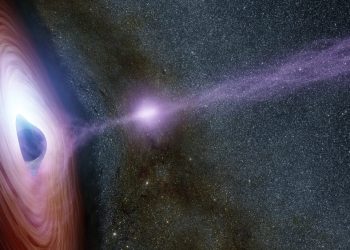For over a decade, an international team of researchers has been tracking cosmic rays as they journey through space, revealing unexpected interactions that could reshape our understanding of antimatter, dark matter, and the Sun’s influence on high-energy particles. Their findings, based on a full solar cycle of data, have stunned astrophysicists by exposing previously unknown patterns in cosmic radiation.
A Window Into the Universe’s Most Elusive Forces
Cosmic rays—high-energy particles that travel through space at nearly the speed of light—hold crucial clues about the origins of the universe. These charged particles, which originate from distant supernovae, black holes, and other extreme cosmic events, constantly bombard Earth. However, their journey is far from straightforward. The Sun’s activity significantly influences how these particles behave, yet until now, scientists had only captured glimpses of this process by analyzing fragments of solar cycles.
A breakthrough came with the Alpha Magnetic Spectrometer (AMS), a cutting-edge particle detector mounted on the International Space Station (ISS). Since its deployment, AMS has recorded billions of cosmic ray interactions, offering an unprecedented look at how the Sun’s magnetic field and solar activity shape the behavior of these particles.
The Surprising Role of the Solar Cycle
Unlike the seemingly unchanging Sun we observe from Earth, our star undergoes an 11-year solar cycle, marked by shifts in magnetic activity, sunspots, and solar storms. These fluctuations impact cosmic rays in ways that had not been fully understood—until now.
The new study, published by the American Physical Society, confirms that cosmic ray interactions fluctuate in response to solar activity in ways that even the most sophisticated theoretical models had not predicted. Specifically, the research highlights how the Sun’s influence alters the number and type of cosmic ray particles reaching Earth.
Scientists have long suspected that solar energy affects cosmic rays through diffusion, convection, and energy loss. However, the newly analyzed data reveals an additional factor: the shape of the particles’ wavelengths changes depending on temperature. As cosmic rays near the Sun, they experience a shift in frequency—longer wavelengths at cooler temperatures stretch into broad waves, while at higher temperatures, these wavelengths compress into narrow, rapid oscillations. This discovery reshapes how we understand the Sun’s role in modulating cosmic radiation.
Could This Explain the Mysteries of Antimatter and Dark Matter?
One of the most tantalizing implications of this study involves antimatter—the mirror counterpart to regular matter that remains one of the greatest unsolved mysteries in physics. AMS has been able to separate antimatter from cosmic rays, providing scientists with crucial insights into these elusive particles.
While dark matter has never been directly detected, some researchers believe it could be linked to antimatter in ways that we have yet to fully grasp. If so, studying how cosmic rays interact with the Sun might bring us closer to uncovering the nature of dark matter itself.
In a follow-up study, also published by the American Physical Society, the research team emphasized the significance of these findings. “Accurate knowledge of solar modulation effects on antiproton fluxes is crucial for understanding the origin of antiprotons in the cosmos,” they wrote.
The AMS is now set to receive an upgrade that could further refine our understanding of how solar activity influences antimatter. If the next wave of data confirms these trends, scientists might finally be able to answer one of the most profound questions in modern physics: Why does the universe contain so much more matter than antimatter?
This groundbreaking study is just the beginning. As the Sun enters a new solar cycle, AMS will continue monitoring cosmic rays, potentially uncovering even deeper insights into how energy and matter interact across the cosmos.
Could these findings bring us one step closer to discovering the hidden forces shaping the universe? As physicists continue their search for answers, the next decade of space exploration may be even more revealing than the last.











